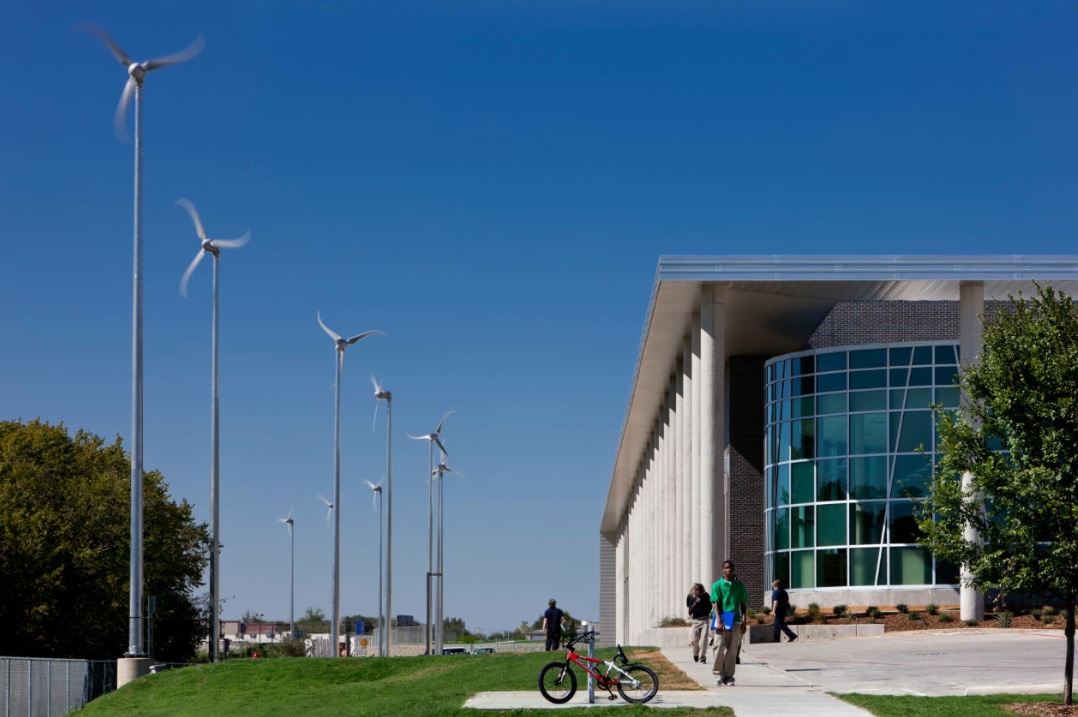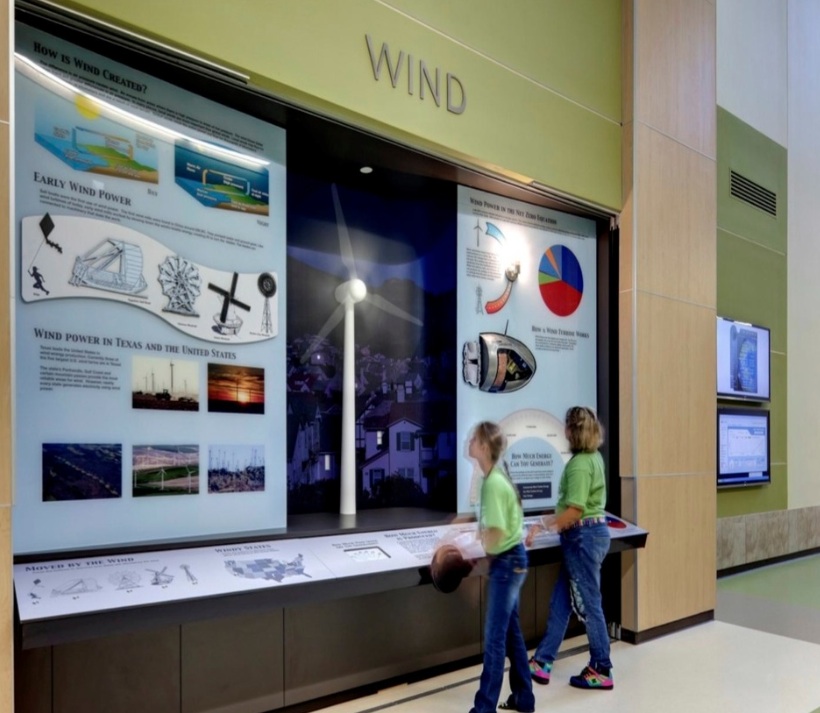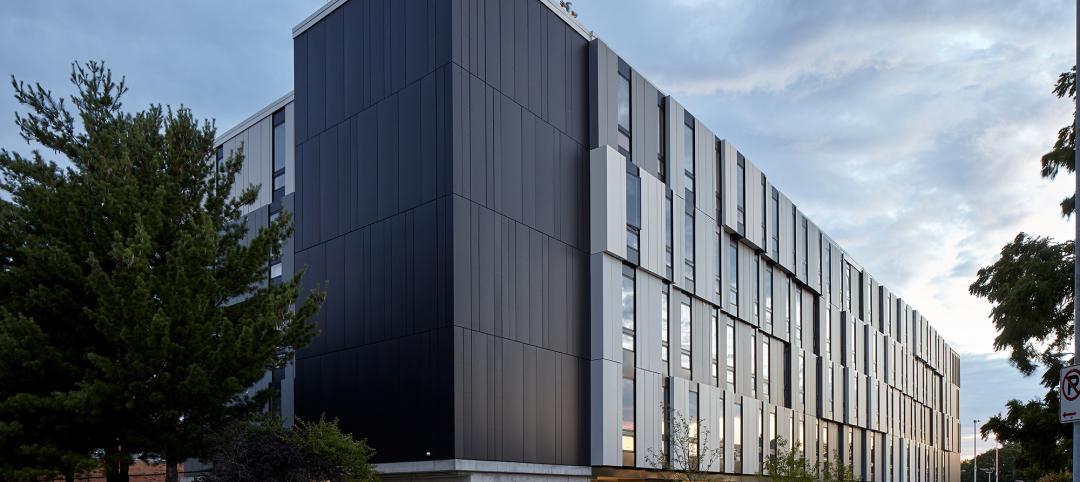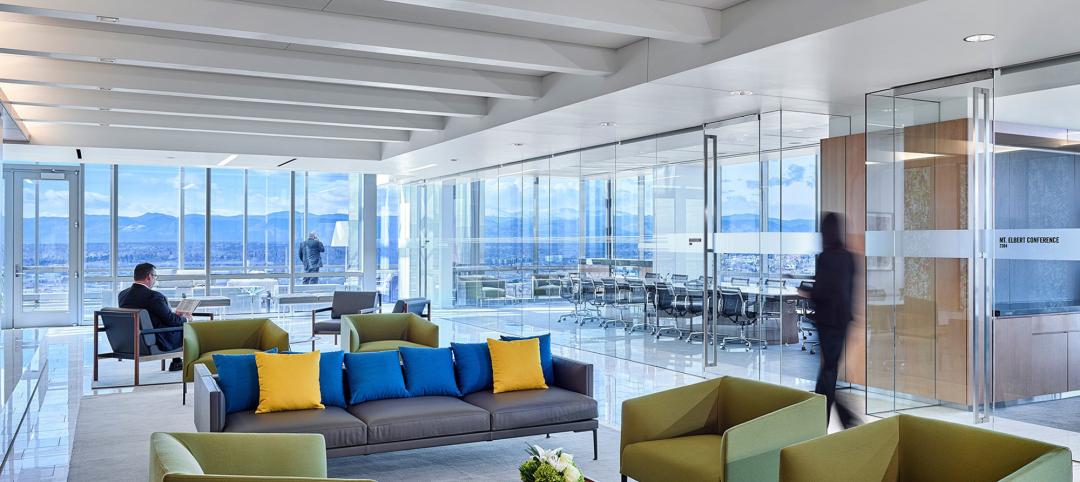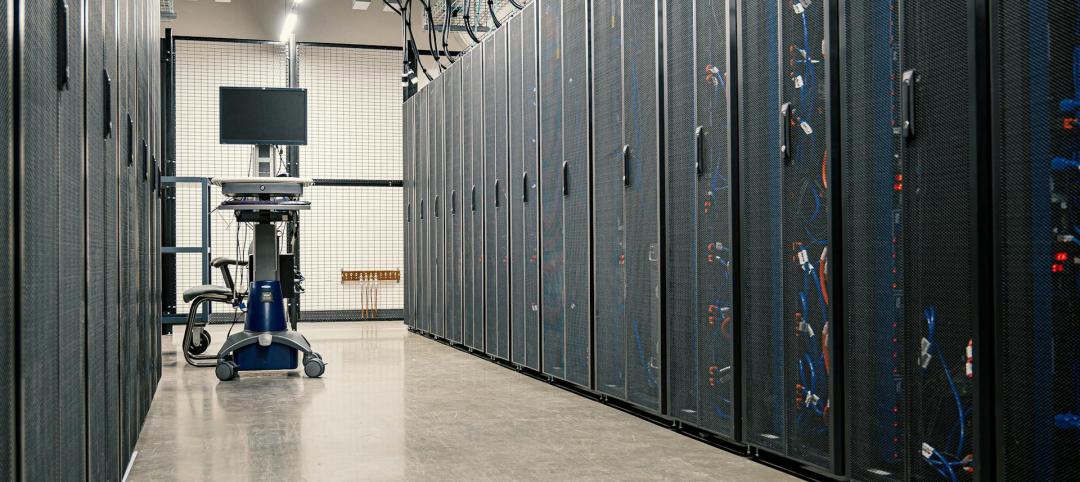Five years ago, when the net-zero energy building movement was starting to take hold in the U.S., it was unfathomable to think that budget-stretched school districts would consider investing in the high-performance systems and strategies necessary for achieving net-zero energy performance.
But coming out of the recession, still bruised and battered and in severe belt-tightening mode, school officials are beginning to take note. In the past few years, a number of net-zero or net-zero-ready K-12 school projects—both public and private—have come online. And dozens more are in the works. Rob Winstead, Principal and Director of Sustainability at SHW Group (www.shwgroup.com), estimates the number to be between 35 and 50 NZE or NZE-ready K-12 school projects nationally, with many more in the feasibility stage.
“As the economy begins to improve, we’re hearing more interest from our K-12 clients in exploring net-zero,” says Winstead, who’s firm is designing two NZE-ready schools in Texas: Pflugerville Elementary School in Pflugerville and the Richard J. Lee Elementary School in Dallas.
Why now?
It comes down to being able to predict and control costs, and eliminate volatility in utility costs for the life of the building. Next to staffing, utilities are the biggest budget line item for most schools and one of the few fixed operational costs that can be significantly reduced, or even negated. For that reason, some school officials are looking past the initial sticker shock for NZE strategies (and other measures, like retro-commissioning) and are taking a longer-term view, projecting the savings over time.
The Building Team for the Pflugerville Elementary School includes: SHW Group (architect, SE), CMTA Engineers (MEP), and Balfour Beatty (contractor).
“Our K-12 clients are being asked to provide a higher level of service—whether it’s special programs, testing requirements, or extending the school day—while their budgets are being reduced,” says Winstead. “They realize that every dollar saved on operations and maintenance costs is a dollar that can be spent for other programs.”
Getting ready for net zero
While there are a handful of true NZE schools in the U.S., notably the Living Building-certified Bertschi School Living Building Science Wing in Seattle, the staggeringly high cost of renewable energy systems prevents most school districts from achieving net-zero energy performance. Many of these owners are taking a practical approach, building highly energy-efficient, NZE-ready facilities that can be retrofitted with renewable systems at a later date.
In both of SHW Group’s NZE-ready projects, Winstead says the Building Team pushed for the inclusion of as many renewable systems as the districts could afford in the initial bid package. Having renewables not only supported the curriculum efforts, but gave the school districts skin in the NZE game, so to speak, thereby increasing the odds that they will continue to pursue their original energy goals.
“Many of these projects start out as net-zero, but the renewable systems and many of the high-performance design measures are eventually value engineered out as the budgets are scrutinized,” says Winstead. “K-12 projects are complex, with many stakeholders with different agendas.”
Having a net-zero mindset, says Winstead, changes the entire discussion about the building design and energy-efficiency strategies. All of a sudden, upgrades to the building design are not considered cost premiums, but rather cost avoidances in renewable technology.
At 150,000 sf, the Lady Bird Johnson Middle School in Irving, Texas, is the nation’s largest net-zero energy school. The school has project-based learning programs based on the facility’s energy and water systems. Four “nodes,” each with multiple digital, interactive displays, focus on solar, wind, geothermal, and water conservation. The Building Team for the Lady Bird Johnson Middle School included Corgan Associates (architect, interior designer), L.A. Fuess Partners (SE), Image Engineering Group (MEP), and Charter Builders (contractor).
“Once you have the net-zero goal firmly established, it’s not about the 20 cents of added cost per square foot for additional roof insulation; it’s about the $4 per watt we’re avoiding on the renewable side,” he says.
The goal, says Winstead, is achieving a building energy use intensity of 20 kBtu/sf/year or better—roughly one-fourth the energy use of the average K-12 building. That’s the threshold where the first cost for renewable systems is within reach for some school clients.
“Even if they delay—or cancel—the renewable purchase, they end up with a building that has a fraction of the utility demand,” he says.
Using net-zero as a teaching tool
Schools are able to further justify the upfront investments for NZE strategies by incorporating the lessons and data from the building systems into the curriculum. In fact, this “living lab” approach is often the “secret sauce” for winning over the many stakeholders on the idea of net-zero.
The 150,000-sf Lady Bird Johnson Middle School in Irving, Texas, which opened in fall 2011 as the nation’s largest net-zero energy school, has project-based learning programs based on the facility’s energy and water systems. Four “nodes,” each with multiple digital, interactive displays, focus on solar, wind, geothermal, and water conservation.
At the Pflugerville school, a centralized “discovery zone” will house the library, gym, and cafeteria and will feature digital, interactive displays and temporary exhibits demonstrating how the building’s systems and sustainable features are performing. Other projects incorporate small, ground-level photovoltaic installations and exposed infrastructure so students can get up close and interact with the systems.
As more NZE school projects come online over the next five years, the question becomes: Is net-zero energy a more logical approach for school districts than a holistic green building? Some school districts see NZE as a win-win—they get enhanced educational programming while greatly reducing utility expenses.
Related Stories
Curtain Wall | Aug 15, 2024
7 steps to investigating curtain wall leaks
It is common for significant curtain wall leakage to involve multiple variables. Therefore, a comprehensive multi-faceted investigation is required to determine the origin of leakage, according to building enclosure consultants Richard Aeck and John A. Rudisill with Rimkus.
MFPRO+ News | Aug 14, 2024
Report outlines how Atlanta can collaborate with private sector to spur more housing construction
A report by an Urban Land Institute’s Advisory Services panel, commissioned by the city’s housing authority, Atlanta Housing (AH), offered ways the city could collaborate with developers to spur more housing construction.
Adaptive Reuse | Aug 14, 2024
KPF unveils design for repositioning of Norman Foster’s 8 Canada Square tower in London
8 Canada Square, a Norman Foster-designed office building that’s currently the global headquarters of HSBC Holdings, will have large sections of its façade removed to create landscaped terraces. The project, designed by KPF, will be the world’s largest transformation of an office tower into a sustainable mixed-use building.
Sustainability | Aug 14, 2024
World’s first TRUE Zero Waste for Construction-certified public project delivered in Calif.
The Contra Costa County Administration Building in Martinez, Calif., is the world’s first public project to achieve the zero-waste-focused TRUE Gold certification for construction. The TRUE Certification for Construction program, administered by Green Business Certification Inc. (GBCI), recognizes projects that achieve exceptional levels of waste reduction, reuse, and recycling.
Modular Building | Aug 13, 2024
Strategies for attainable housing design with modular construction
Urban, market-rate housing that lower-income workers can actually afford is one of our country’s biggest needs. For multifamily designers, this challenge presents several opportunities for creating housing that workers can afford on their salaries.
University Buildings | Aug 12, 2024
Planning for growing computer science programs
Driven by emerging AI developments and digital transformation in the business world, university computer science programs are projected to grow by nearly 15% by 2030.
Energy Efficiency | Aug 9, 2024
Artificial intelligence could help reduce energy consumption by as much as 40% by 2050
Artificial intelligence could help U.S. buildings to significantly reduce energy consumption and carbon emissions, according to a paper by researchers at the Lawrence Berkeley National Laboratory.
Sponsored | Healthcare Facilities | Aug 8, 2024
U.S. healthcare building sector trends and innovations for 2024-2025
As new medicines, treatment regimens, and clinical protocols radically alter the medical world, facilities and building environments in which they take form are similarly evolving rapidly. Innovations and trends related to products, materials, assemblies, and building systems for the U.S. healthcare building sector have opened new avenues for better care delivery. Discussions with leading healthcare architecture, engineering, and construction (AEC) firms and owners-operators offer insights into some of the most promising directions. This course is worth 1.0 AIA/HSW learning unit.
Office Buildings | Aug 8, 2024
6 design trends for the legal workplace
Law firms differ from many professional organizations in their need for private offices to meet confidentiality with clients and write and review legal documents in quiet, focused environments
Data Centers | Aug 8, 2024
Global edge data center market to cross $300 billion by 2026, says JLL
Technological megatrends, including IoT and generative AI, will require computing power to be closer to data generation and consumption, fueling growth of edge IT infrastructure, according to a new JLL report.




